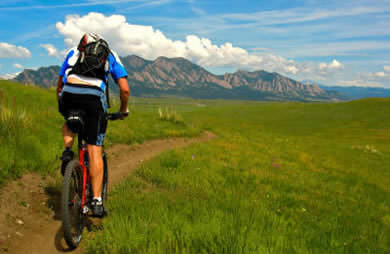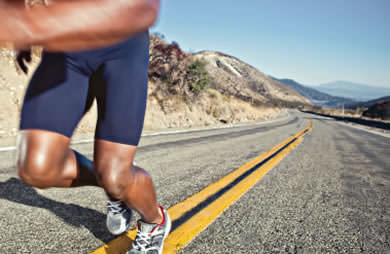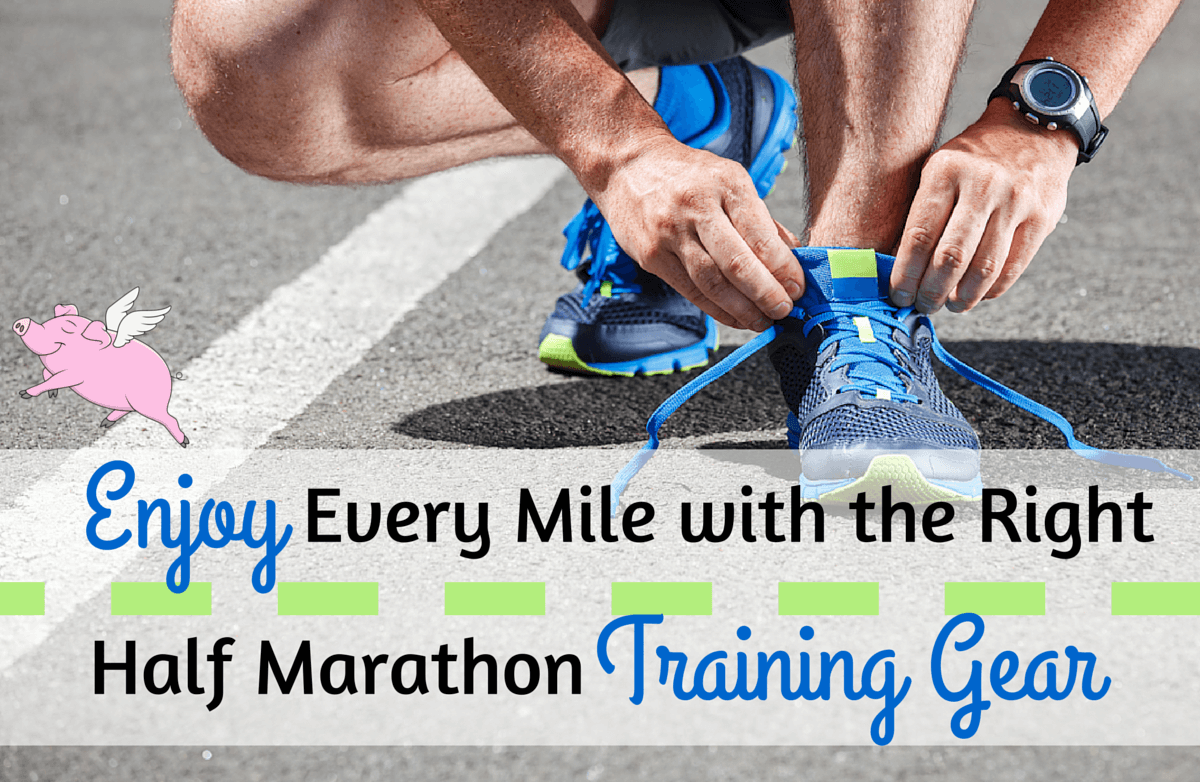
Diet and Nutrition Needs for the Elderly
As people begin to age, it is more important than ever for them to follow a healthy diet and get adequate exercise. For adults over the age of 50, there are many benefits of eating a healthy diet including higher levels of energy, sharper mental acuteness, and easier management of chronic health issues. Eating should not necessarily be about dieting but instead should be about eating well.
Eating properly can make a big difference in the lives of the elderly. By following a nutritious diet and a modest amount of exercise, people can live a long and healthy life. But how do you do it? We have put together a selection of helpful pages that can assist you live healthier. We hope this information helps you or someone you know eat healthier as they get older.
- Nutrition Information for Seniors
- Nutrition for Seniors
- Nutrition for Older Persons
- Eating Well as You Get Older
- For Seniors - Foods to Help Boost Memory
- Senior Health
- Health Topics
- Healthy Living Tips
- Senior Health Tips
- Medical Information for Seniors
- The Food and Nutrition Information Center
- Periodontist in Waldorf
- Vital Nutrition Tips for Aging Adults
- Meeting Your Nutritional Needs as You Age
- Exercise and Fitness for Seniors
- Exercise in the Elderly
- Nutrition and Older Adults
- Senior Nutrition and Diet Tips
- Proper Senior Nutrition
- Senior Citizen Diets
- Senior Nutrition
- Nutrition for Seniors
- Seniors and Nutrition
- Fifty and Over
- Health in Aging
- Senior Resources
Posted 6/1/2018 9:00:00 AM By: : 3,797 views

Get Fit With Biking
Visit any city or town in almost any country in the world and chances are there will be bicycles on the road. Bikes are, in many places, nearly as popular of a form of transportation as cars or trucks. For most, bicycling is a skill learned in childhood that's never truly forgotten, even if a person hasn't actually ridden in years. There are many reasons why bike-riding is such a popular activity—beyond the freedom and joy that comes just from riding one—and understanding them can help motivate people who don't regularly ride to start pedaling once again.
Posted 4/24/2018 9:00:00 AM By: : 5,306 views

Resource Guide for Runners
Running is a common type of exercise used to improve physical fitness. As a cardiovascular activity, it offers a number of health benefits that include weight loss, stress reduction, improved bone density and lower blood pressure. The benefits of running are greater for heavier individuals; people who weigh more will lose weight faster, given the same pace and distance. Running is also an ideal way to maintain one's weight and current level of fitness. Before they start running, people should do proper warm-up exercises, choose the right shoes and clothing, and know what time of the day and what weather is best for running.
The Road Runners Club of America provides advice for novice runners, including how to find a club for runners and how to start out by taking it easy at first.
Running offers great health benefits, but it also carries a high risk of injury. The Nicholas Institute of Sports Medicine and Athletic Trauma explains what injuries can happen and how to avoid them.
Click this link for a guide to running for beginners. It talks about how to train, what running form to use and more.
The Absolute Beginner's Guide to Running
Starting gradually, planning a routine and learning the three styles of running are some of the tips found here.
Oregon Health & Science University talks about getting started with running, racing advice and injuries.
The Runner's Guide to Preventing and Treating Blisters
Good nutrition and warm-up exercises may not protect runners from blisters on the feet, which can ultimately get infected. Greatist has an article that explains three ways that one can treat or even avoid blisters when running.
Go to the Rush University Medical Center's website for advice on how to be safe and comfortable while running outside during the winter months.
Three Tips for Safer Running After 50
According to studies, running 51 minutes in a week adds three years to one's life. The UC Berkeley School of Public Health explains how to get the maximum benefits from running here.
What Should I Eat After a Run?
Read this article for tips on proper nutrition after short and long runs.
What to Eat and Drink Before, During, and After a Run
Visit The Telegraph for some advice on what runners should eat to get the best results out of their routine.
The 25-Minute Strength Training Workout That Will Make You a Better Runner
This page offers helpful tips for beginners on a strength training exercise that can help improve one's performance.
Click this link for a guide to getting started running properly.
Eight Tips for Running Safely and Comfortably (Enough) While Pregnant
U.S. News & World Report provides pregnant women with information on how to run safely while carrying a baby. It also includes a list of warning signs that indicate when running can be hazardous.
Five Ways to Avoid Knee Injuries While Running
According to an article by Fox News, injuries to the knee can happen to up to 70 percent of runners. Go here for information on what knee injuries are most common and how to prevent them.
Six Running Tips to Keep You Safe This Winter
Visit the ABC News website for an article that provides ways to go running safely during the winter. It covers proper shoes and clothing, how to remain visible to cars and running against the wind.
Your Guide to Running at Any Level (slideshow)
Go here for a 17-panel slide show about different types of races that athletes can participate in.
Dress for Running Success: What to Wear for Spring Training
Spring weather can change dramatically when one is outside running. This article talks about how to dress properly, including wearing water-repellent shoes and running sleeves that can be taken off when temperatures rise.
Finding the Right Running Shoe
Not all shoes are fit for fitness-based running activities. The University of Connecticut talks about what shoes one should look for when getting dressed for running.
Eight Tips for Running With Diabetes
The Joslin Diabetes Center has a page here with tips on how people with diabetes can get the most out of jogging or running.
Walking and Running Safety Tips
Visit Mount St. Mary's University's website for information about how to stay safe while running outside.
The ABC's to Preparing for Potential Weather Conditions
Reducing exertion levels on hot and humid days is one of the points that the Boston Athletic Association makes here in an article about preparing for unfavorable weather conditions.
Five Tips for Running in the Heat
Men's and women's bodies react differently to heat. Learn about how people can pace themselves properly while running when it's hot.
Proper hydration and running at sunrise or sunset are some of the ways that runners can help themselves stay safe during the summer months.
10 Tips to Prevent Running Injuries
Learn about how to run without suffering injuries by reading this article at the Dartmouth-Hitchcock Children's Hospital website.
Four Best Strategies to Help You Avoid Running Injuries
Every year, up to 65 percent of runners will suffer an injury, according to the Cleveland Clinic, which provides this article that outlines ways to prevent these injuries.
Safety Sheet for Walkers, Joggers and Runners (PDF)
Runners have to use caution every time they go out for a run, and the information in this fact sheet can help by providing valuable tips on safety.
Get information about running-related news and tips by clicking this link to the website Cool Running.
Click this link to visit the website for Women's Running magazine.
Competitive and casual runners can find useful running-related articles and information when they click this link to Runner's World.
A Guide to Common Running Terms
People who are getting started with running should visit this page to learn about terms related to this activity.
Posted 4/18/2018 3:00:00 AM By: : 2,720 views

Fitness Guide to Archery for Beginners
The most common sports in high school are usually football, basketball and track, but although those might be popular, there are plenty of other interesting sports with which you could get involved. Archery, for instance, is relatively easy to learn and excel at, and who doesn't like the idea of shooting things with arrows like Robin Hood or Katniss Everdeen? Archery has been around for thousands of years, first as a practical method of hunting or warfare and then as a competitive sport. And while it might not appear to be that athletic at first, archery does require you to keep in good shape, just like other sports.
Archery and Physical Demands
Although archery may not seem like a very physical sport, it does require a certain amount of physical strength and can even lead to sports injuries. People who practice archery should have aerobic endurance and good muscular strength, particularly in their back, shoulders and arms. It's important that archers properly stretch for flexibility and engage in both cardio exercise and strength training for strong core muscles. Stretching is especially important before competitions, training or any bow-related activities. Without the proper strength, use of good form and training, the repetition and strain of archery can begin to take its toll on the body, resulting in pain or serious injury.
The act of holding and drawing a bow places a strain on the muscles of the neck, shoulder or back. A tear of the muscles that connect the shoulder joint may also occur. This is the rotator cuff, and other injuries to it may include dislocation due to repetitive stress, known as archer's shoulder, irritation or swelling. Tendinitis is another problem associated with archery. This is an inflammation of the tendons that can happen in your wrist, shoulder, or elbow.
- Bow Hunting and Shoulder Pain: The risk of shoulder injuries is more significant with bow hunting than pitching in a professional baseball game.
- Why You Should Try Archery: Archery can burn as many as 280 calories in an hour!
- Archery Fitness (PDF): Click this link for an article that explains the fitness needs of archers. It talks about cardiovascular benefits, upper-body strength, and more.
- Conditioning Exercises for Archery: Visit The Nest for a guide to exercises that can help you maximize performance and avoid injuries.
- Archery and Shoulder Injuries: Learn about common archery-related injuries and how they occur.
- Archery Benefits the Mind and the Body: Read this article to find out about the mental and physical benefits of archery.
- Rotator Cuff Injury: Go here for a video and article by the Mayo Clinic about how archers, pitchers and tennis players can injure their shoulders.
Types of Archery
There are several types of archery, and to find the best style for you, you'll need to know what the differences between them are. The most common in the United States are target, field, 3D, bowhunting and traditional. As the name suggests, traditional archery relies on using simple bows and arrows that do not have modern modifications or accessories to shoot indoor or outdoor targets. Bowhunting involves hunting for game such as deer or elk. An offshoot of bowhunting combines archery and fishing and is called bowfishing. With 3D archery, you'll shoot at three-dimensional, non-living targets that are shaped like wildlife and usually placed outdoors to simulate a true hunting environment.
With field archery, you'll shoot at bullseye targets instead of animals or animal forms. Like with 3D archery, the bullseye targets are set at different distances and in landscapes. Field archery can be done indoors or outdoors on a roving course for more range. Target archery is similar to field archery in that it involves shooting at a flat target and can be either an indoor or outdoor sport. What makes it different is that all of the targets are set at the same distance. This is the type of archery in the Olympics and is also popular with beginners.
- Types of Archery: Visit the Discover Archery website for a list of different types of archery along with links to what they mean.
- Styles of Archery: Go to the European Members of Archery Association website for information about the five different styles of archery.
- Target Archery: Target archery involves shooting at flat targets set at a consistent distance.
- 3D Archery: It's Not Archery With Fancy Glasses: The CBC explains 3D archery here, including its scoring system and its similarity to hunting.
- Target Archery: The most widely known form of archery is target archery.
- What Is Field Archery: Learn about field archery on the English Field Archery Association website.
- Types of Archery: Archery GB offers their own definitions of archery styles here.
- Types of Archery: Target and Field: Read about target and field archery as well as less common styles here.
- Intro to Archery: On this page, beginning archers will find information about the different archery types and bow types.
- Bowhunting 101: Click this link to read information about popular species to pursue in bowhunting and the common types of bows used.
Types of Bows
Before you can start your new sport, it's important that you have the right accessories. The most important thing you'll need is the right bow. The most common types of bows are recurve, compound, longbows and crossbows. In the Olympics, the only authorized style of bow is the recurve bow. A recurve bow is often used for target archery as well as 3D and field archery and sometimes bowhunting. A traditional recurve bow is one solid piece, but a takedown recurve bow can be broken down into three pieces when unstrung for convenience and ease of transportation. Meanwhile, longbows, also known as traditional bows, are basic, single-curve bows typically made from wood or a combination of wood and fiberglass and used in any type of archery.
A compound bow is used in bowhunting and target, field and 3D archery. It has multiple strings and cams at each end that pull the limbs of the bow. This allows the archer to hold less weight when drawing the bow, which allows you to aim longer at a target. And crossbows are perhaps the most high-tech kind of bow, somewhat resembling guns and usually fired using a trigger. They are used for target, 3D and field archery, and because of their accuracy and their long firing range, they are also popular with bowhunters.
- Four Types of Archery Bows: A Beginner's Guide: Bullseye Hunting provides a list of different bows and explains their purpose and history.
- Types of Bows: Visit this site to read about the differences between compound bows, crossbows, recurve bows and other types.
- Bow & Arrow: Bow Types: Wrexham Bowmen Archery Club explains the different types of bows used by archers.
- Archery Overview: Learn about the different forms of archery and bow types on the Arizona Game & Fish website.
- Recurve Bow vs. Compound Bow: Click this link for a comparison of the advantages and disadvantages of different bow types.
- The Difference Between a Longbow and Recurve Bow: Live Outdoors explains what distinguishes a recurve bow from a longbow in this article.
- About Recurve Bows: This page on the Western Oregon University website explains what a recurve bow is and what makes it special.
- Traditional Bow: What You Need to Know: Learn about what makes a good traditional bow and how to get the right size.
- Compound Bow: This page explains the parts of a compound bow and how to pick the right type.
- Reference Guide for Recurve Archers (PDF): Read this document for information about recurve archery equipment such as bows, types of archery, techniques, and training.
- Target Crazy Guides: Browse a collection of guides on topics like bow styles and how to tell which eye is dominant.
- Compound Bow Diagram: On this page, archers will find a labeled diagram of a compound bow.
Posted 11/6/2017 9:00:00 AM By: : 5,545 views

Gear Up! Essentials for Your Half Marathon Training
After running for 12 years, I realized it was finally time to bite the bullet, challenge myself and sign up for my first half marathon. While I have done 5Ks and 10Ks in the past, a half marathon brings its own unique set of challenges and the Flying Pig is no different. With those challenges comes a need for gear that will keep runners both comfortable and strong as they power through those longer distances.
Posted 3/1/2016 12:00:00 AM By: : 18 comments 36,274 views
.png)


.jpg)
